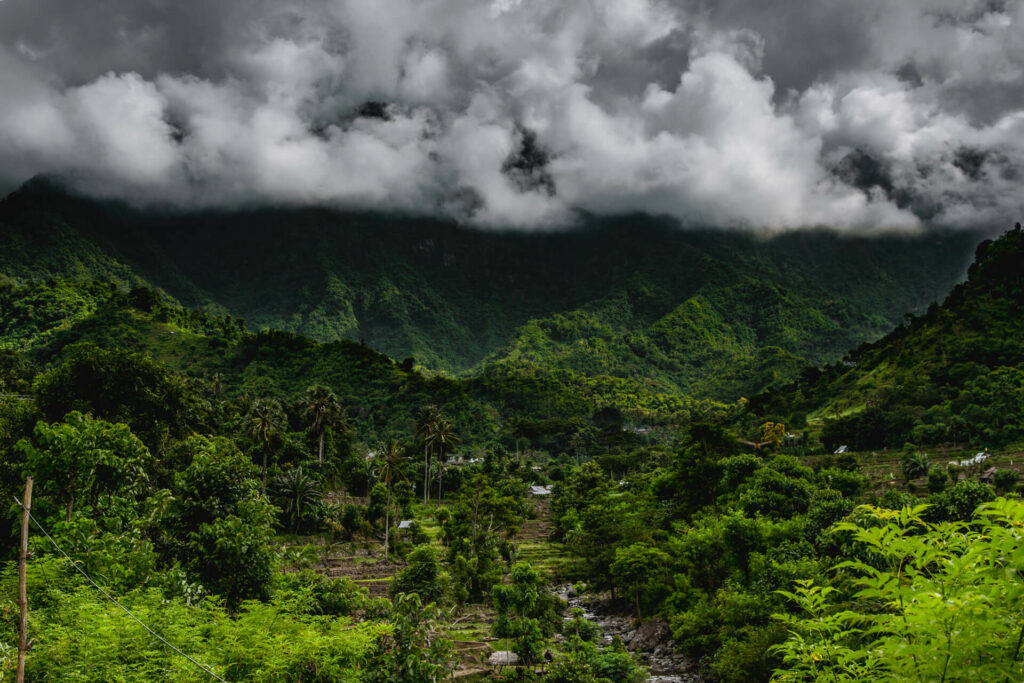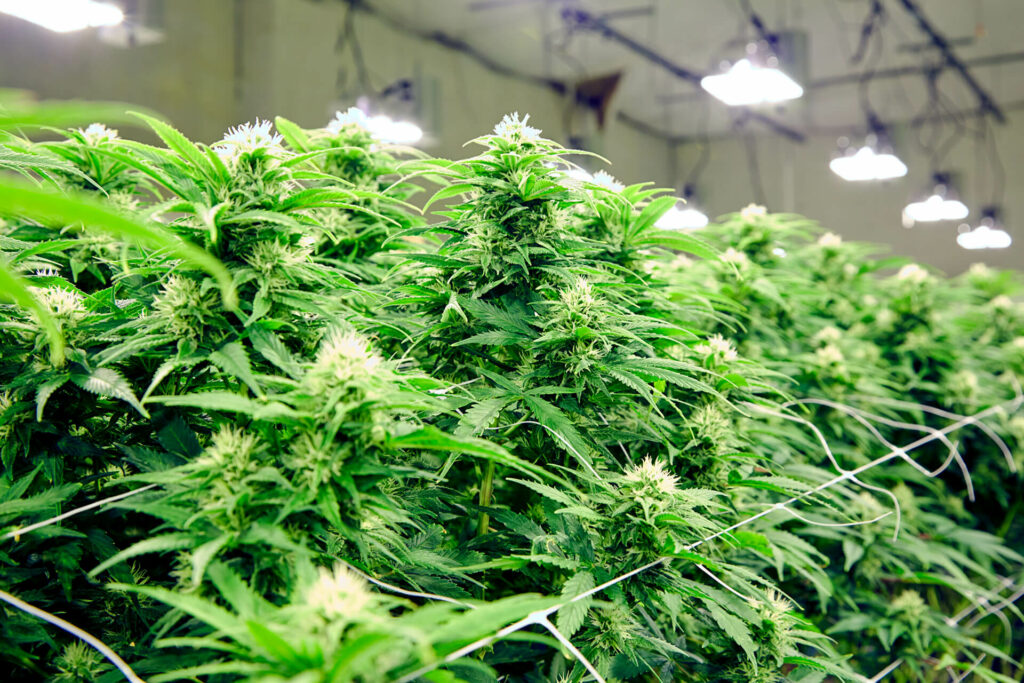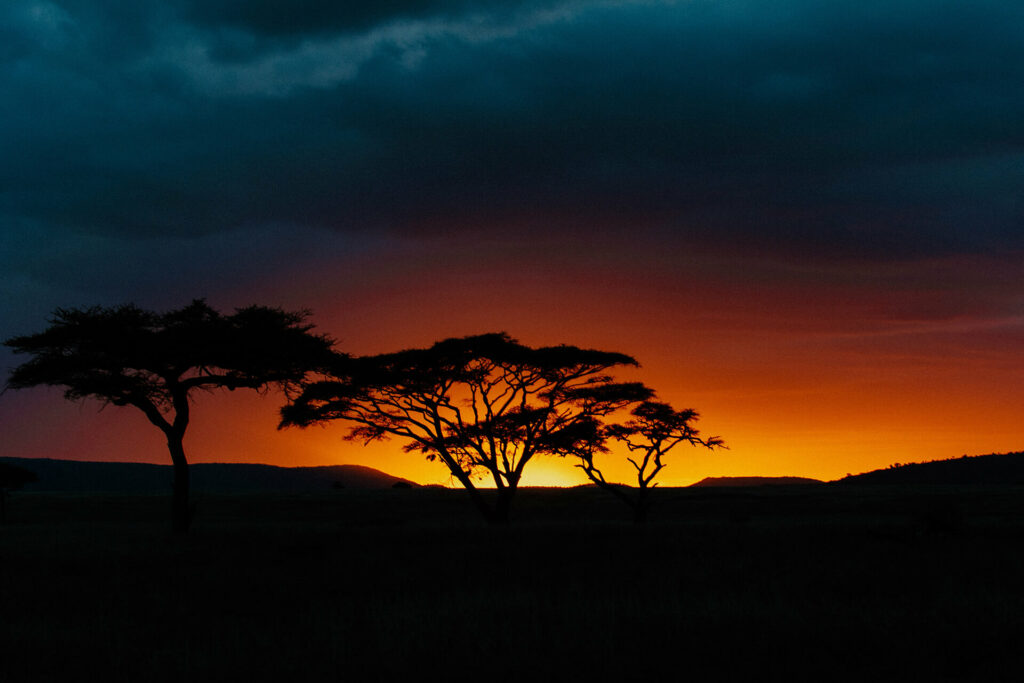Asia is the birthplace of cannabis! India has miles of legislation to cover before it can unlock the tremendous potential of cannabis extraction, whether cryogenic extraction or CO2 extraction. Southeast Asian outlook on cannabis is largely negative, except for Thailand. But with the UN no longer regarding cannabis as a “most dangerous substance,” the stage is set for cannabis to make it legally big in its homeland. It's only a question of time.

Hemp is not a narcotic, marijuana is. The global confusion is because both are cannabis variants. While hemp contains less than 0.3% tetrahydrocannabinol (THC), marijuana has 0.3% or more THC. Being psychoactive, THC is the feared element in the cannabis extraction industry.
Often, the intense stigma of cannabis prevents lawmakers from adopting a rational approach. Legislators in Europe, the Americas, and Africa are already looking positively at cannabis, particularly medical cannabis.
Although Asia is cannabis’ homeland, regulations here are not very favorable for the cannabis and cannabis extraction industry. The Indian cannabis or hemp industry is in its infancy. And except Thailand, Southeast Asia looks at cannabis with a negative lens.
Two developments can change things. Cannabis offers a ray of hope to mitigate the COVID-19 triggered economic slowdown. The market for cannabis extraction equipment, cannabis oil extraction, and cannabis resin extraction can really pick up with favorable legal changes.
And then, there is the United Nations’ (UN’s) December 2020 resolution dropping cannabis from the “most dangerous substances” list of the 1961 Single Convention on Narcotic Drugs, the UN’s primary convention against narcotics. More than anything else, this will grant global legitimacy to cannabis and cannabis extraction.
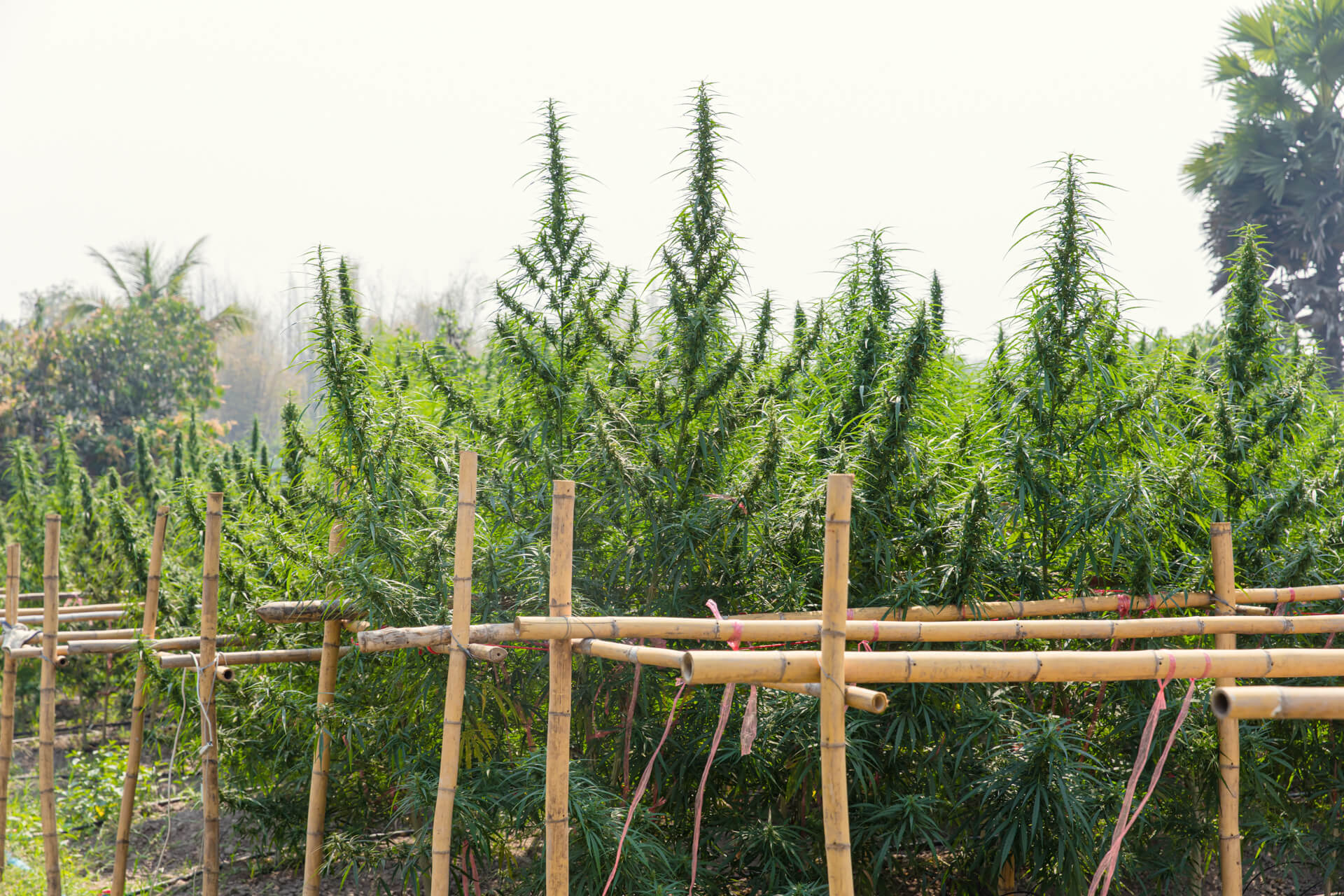
Hemp Applications
Following industries demand hemp oil and fibers:
-
Automotive
-
Food
-
Textile
-
Construction
-
Personal Care
Noteworthy hemp applications include:
-
Breathable Fabrics for cancer patients whose body temperatures are high because of the treatment.
-
Biofuel.
-
Supercapacitors for use in vehicle batteries.
-
Eco-friendly substitute for:– Cotton as hemp guzzles less water and its plant matures faster.– Sand when producing concrete.– Wood during paper manufacturing.– Crude oil when creating plastics.
India
Asia’s cannabis market for 2024 stands at $5.8 billion. The corresponding global statistic for 2027 is $90 billion. Of the $4.6 billion global hemp market in 2019, India makes up only $1 million. And, despite Asia Pacific expected to make a 32.6% chunk of the $15.26 billion international market for industrial hemp in 2027, Indian contribution will be a paltry 0.1%.
UN Single Convention on Narcotic Drugs 1961 heavily influenced India’s Narcotic Drugs and Psychotropic Substances (NDPS) Act, 1985, as with other national narcotic-related laws. However, the 1985 law does keep a heavy regulatory door open for cannabis’ industrial plus horticultural applications.
Despite the law, New Delhi is the 3rd highest user of recreational cannabis and Mumbai is the 6th. Some states have legalized low-THC cannabis cultivation and some allow research. An infantile hemp industry has emerged in India over the past decade and focuses on:
-
Medicine
-
Apparel
-
Food
More than 30 hemp/cannabis startups have emerged in India. Top names include:
-
Bombay Hemp Company (BOHECO) is an agro-based company and among the earliest players in this market. It makes wellness, health, and apparels. BOHECO is working with the Council for Scientific and Industrial Research (CSIR) for standardizing cannabis breeds for India.
-
GreenJams makes hempcrete, a carbon-negative construction material. One cubic meter of hempcrete absorbs 250 kg (max) carbon dioxide.
-
Everest EcoHemp is India’s largest licensed producer of hemp.
-
Hemp Horizons is a GMP-compliant, US-FDA-registered seed processor.
-
Hemp Street provides cannabis-based ayurvedic medicines through its doctor network.
-
Indian Industrial Hemp Association is a non-profit that aims to farm 10,000 hectares for hemp fiber.
-
Namrata Hemp Company collaborated with universities and developed top quality seeds. It also makes hemp seed oil-based creams and soaps.
-
India Hemp & Co. makes hemp edibles and oils.
-
India Hemp Organics makes proprietary medicinal, personal care, and nutritional ayurvedic products from hemp.
-
OG Hemp produces hemp-based paper.
A former director of CSIR Indian Institute of Integrative Medicine believes amendments in the clauses related to research, licensed cultivation, processing, and interstate movement of cannabis crops and products in the NDPS Act, 1985 will lend vibrancy to the rookie cannabis and cannabis extraction industry in the country.
Besides, FSSAI, India’s food regulator, will have to start issuing cannabis / hemp licenses. Regulation needs to unshackle the sector to:
-
Ensure sufficient raw material (hemp) supply
-
Develop low-THC cannabis seeds, traditional Indian varieties being THC-rich ones
-
Facilitate greater collaboration between industry and research institutions
-
Stop ecommerce platforms (Amazon, 1 mg) and social media (Facebook, Instagram) from banning hemp and cannabis products intermittently or otherwise
Southeast Asia
Thailand legalized industrial cannabis in 2018 and medical cannabis in 2019, the first Southeast Asian country to do so. The Thais used cannabis against labor aches and fatigue for ages before criminalizing it in 1935. Asia Cannabis Report expects the legal medical and recreational cannabis Thai market to be at $661 million by 2024.
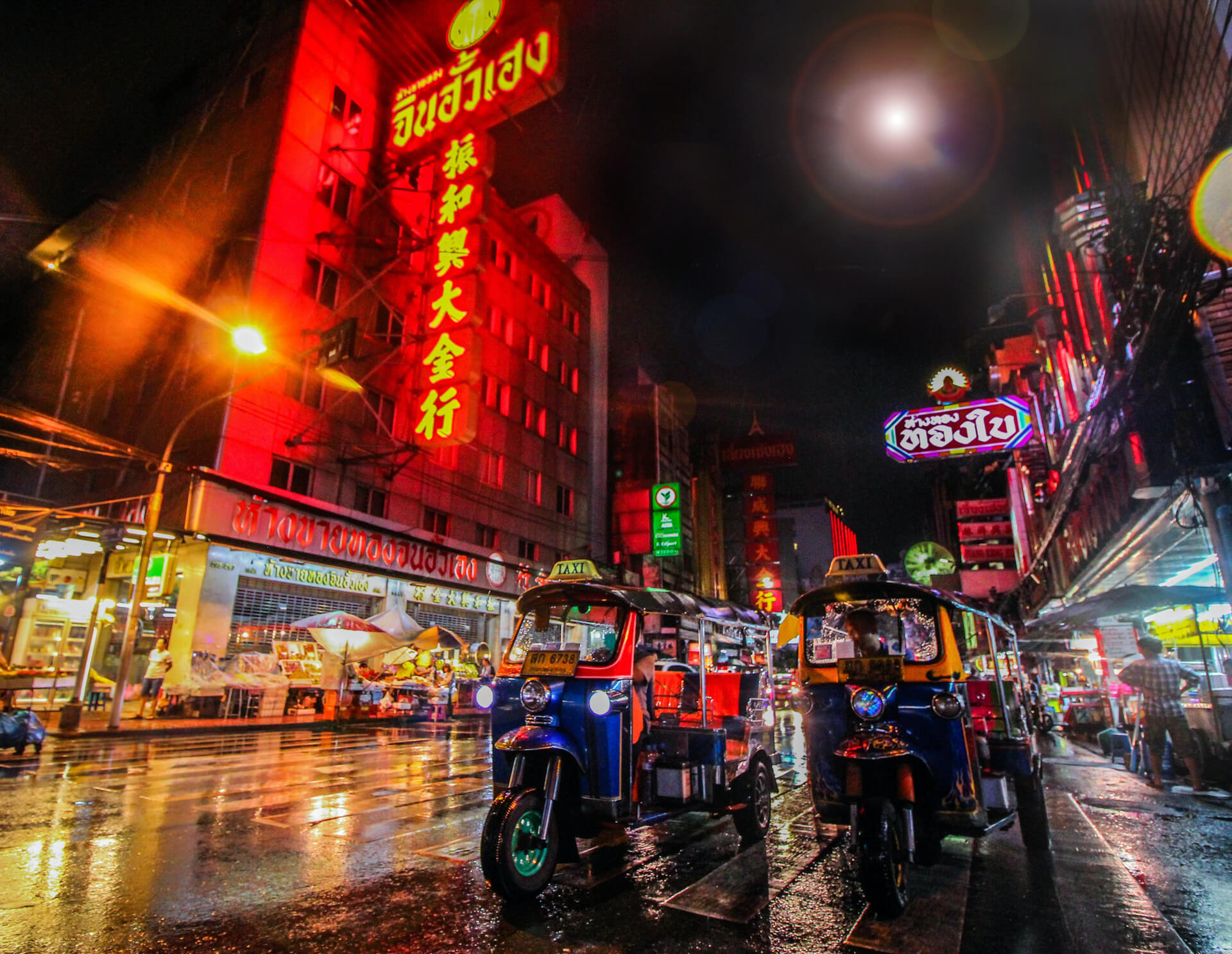
With this, Thai companies and MNCs commenced operations in the country:
-
Government Pharmaceutical Organization (GPO) set up a multimillion dollar closed-system cannabis farming establishment.
-
Canadian company Canopy Growth expanded production in Thailand.
Philippines prohibits cannabis but allows its medical version for terminally ill patients. In other countries of the region – Vietnam, Malaysia, Indonesia, Singapore, Laos, Cambodia, Myanmar, Brunei, and Timor-Leste – cannabis is illegal. People here do grow it though for recreation and traditional medicine.



References
- A mini-guide to cannabis in Asia. AG Funder News.
- Cannabis startups chase opportunities despite low awareness and legal challenges. Forbes India.
- What Happens if India Legalises Marijuana: It Can Reach New ‘High’ and Beat China at its Game Too. News 18.
- The cannabis revolution: is Southeast Asia ready? Tech Collective.
- Thai Market Entry for World-Leading Cannabis Companies. Tilleke & Gibbins International Ltd.
- Asia Pacific cannabis market is expected to reach US$ 22,870.6 million by 2027 from US$ 2,318.6 million in 2019. GlobeNewswire.
- Philippines: Cannabis bills likely to be indefinitely postponed. Managing IP.

